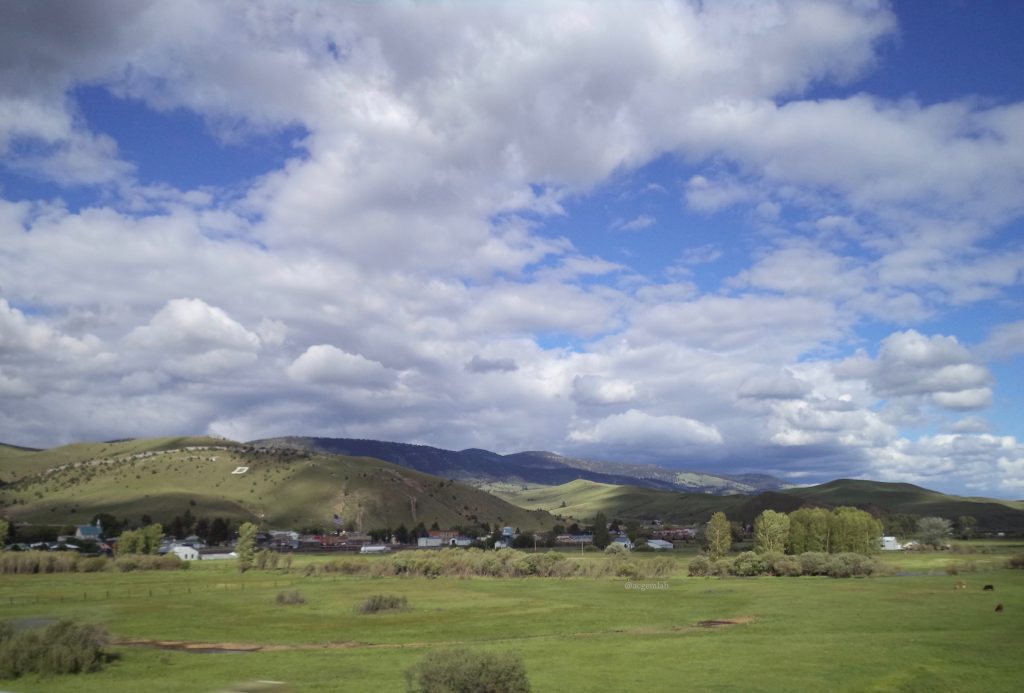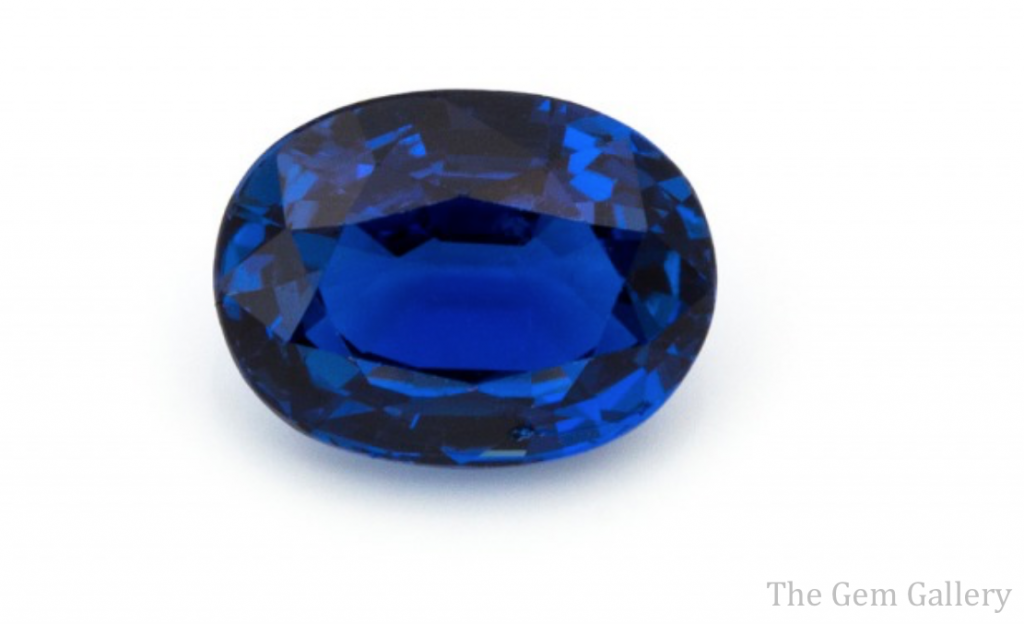Day 1: Yogo Sapphires: The Great American Gem
With the current COVID-19 restrictions in place, travel plans have been altered and in many cases outright cancelled. In honour of Sapphire Month, I created a three part virtual journey to Montana that focuses on the rich sapphire deposits found all over Montana. I hope this virtual journey inspires you to visit Montana for real once we are able to travel freely once again.

Photo Credit: @acgemlab
I was fortunate enough to make a trip to Montana a few years ago. At the time, I was preparing a research paper on Montana sapphires. While in Montana I experienced breathtaking vistas and learned a lot about the variety of sapphires and minerals that are mined in the state.
During my travels I picked up the book “Yogo: The Great American Gem” by Stephen M. Voynick. This book became an incredible resource for me. The book details the rich and back-breaking history of sapphire mining in Montana, and in particular the unique Yogo Sapphires.

Photo Credit: @acgemlab
There are several locations in Montana where sapphires have been mined. Each location produces sapphires with distinct characteristics. The four main locations are: 1. Yogo Gulch, 2. Rock Creek (Philipsburg area), 2. Dry Cottonwood Creek (Butte area), 4. Missouri River (Helena area).
Yogo sapphires are distinct to all other sapphires from around the world. Most sapphires are mined from alluvial deposits, including sapphires from other localities in Montana. Yogo sapphires however, are mined directly from the hard rock and are known for their intense natural blue colour. The majority of sapphires mined from alluvial deposits almost always require heat treatment to improve their colour. The chemical composition of Yogo sapphires does not respond to heat treatment, ensuring that their colour is in fact natural.
Yogo sapphire supply is limited. Underground mining operations are much more complex than traditional small scale mines. In many small scale operations, miners use primitive tools to collect gem materials along shallow riverbeds. Underground mining operations require more equipment, safety measures, and financial investment. For this reason, the Yogo sapphire mine has been mined sporadically since 1895.
While in Montana, I visited Bozeman a city of almost 50, 000 people set at the base of Baldy Mountain. In between Butte and Billings, Bozeman is the perfect place to stop on the way to Yellowstone National Park. Strolling along the main street, I was intrigued by the displays of The Gem Gallery. I was pleasantly surprised by the store’s distinctly Montana design aesthetic and friendly staff. The cases were filled with fascinating pieces of jewellery and loose stones, including an incredible supply of Yogo sapphires. Upon further research I learned that the store’s owner, Don Baide, acquired the Vortex Mine in 2017 and has plans to re-establish Yogo sapphire mining operations.

Photo Credit: www.gemgallery.com
Due to the unique nature of Yogo sapphires, expect to pay a premium, especially for large stones. Only 10% of Yogo sapphires are 1.00ct or larger. This incredible 1.72 ct. Yogo sapphire currently retails for $28,061 USD on The Gem Gallery website. There are smaller and more affordable stones available for those who want to own a true American gem.
I had a fabulous time discovering the unique shops and restaurants in Bozeman. From breweries to distilleries, antique shops and museums, Bozeman has something for everyone and more. Our journey continues next to the famous Rock Creek area.
Written By: Alanna Campbell September 9, 2020
Opinions and experiences are my own. I am not affiliated with anyone described in this article. Photos are credited to @acgemlab and www.gemgallery.com.